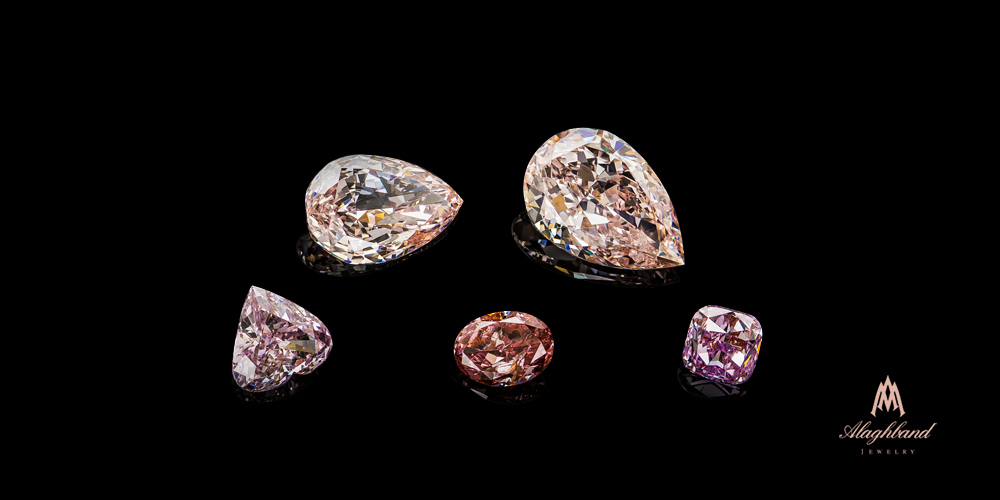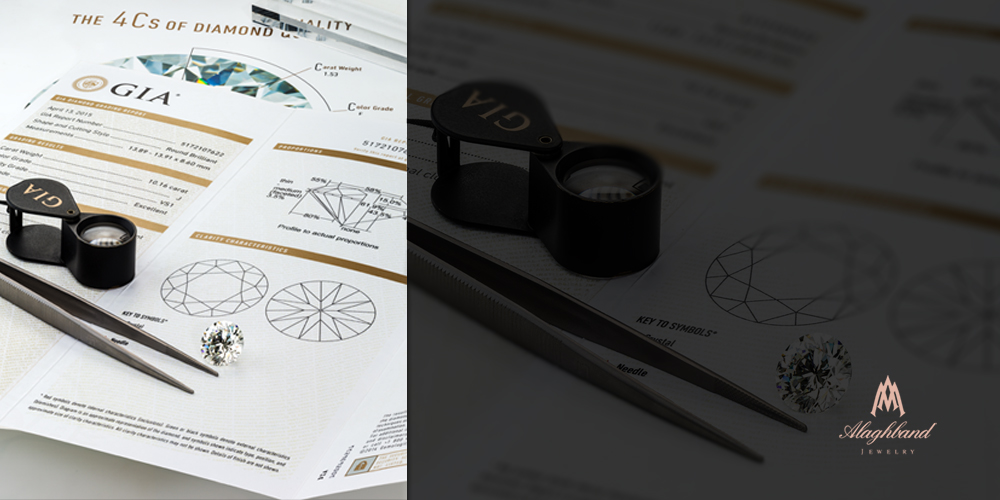Gem/Gemstone: There is no generally accepted definition for the term gem or gemstone, but they all have something special, something beautiful about them. Most gemstones are minerals (e.g., diamond), mineral aggregates (such as lapis lazuli) or rocks (such as onyxmarble). Some are organic formations (e.g., amber), and other gem materials are of synthetic origin (e.g., YAG).
There is no definite demarcation line, and woods, coal, bones, glass, and metal are all used for ornamentation. Some examples include jet (a form of coal), ivory (tusks of elephants as well as teeth of other large animals), moldavite (a glassy after-product of the striking of a meteorite), and gold nugget (more or less large gold- lumps). Even fossils are sometimes used as an ornamental material.
For some gemstones the source of specialness and beauty is the color, an unusual optical phenomenon, or the shine that makes them stand out in comparison to other stones. For other stones it is the hardness or an interesting inclusion that makes them special. Rarity also plays a role in the classification of gemstones.
Since the valued characteristics usually come into effect only through cutting and polishing, gemstones are also normally considered to be cut stones. Cutting and polishing mean refinement of what might be an otherwise insignificant raw material.
There are several hundred distinct types of gems and gem materials. The number of variations is about double that. From time to time, new gemstones are discovered or varieties with gemstone quality are found in minerals that have been already known.
Harder stones are suitable for jewelry, whereas softer stones are often sought after by amateur collectors as well as serious lapidaries.

Gemology: Internationally, the science of gemstones is most commonly referred to as gemology.
Colored Stone: Colored stone is a trade term for all gemstones except diamonds (even those that are colorless).
Rock: With regard to gems, a rock is a natural aggregate of two or more minerals, Lapis lazuli is an example of a gem that is classified as a rock. It forms independent geological bodies of a gem that is classified as a rock. It forms independent geological bodies of greater expansion and comprises both solid rock and accumulated unconsolidated rock.

Semi-Precious Stone: The term semi-precious has generally fallen out of use because of its derogatory meaning Formerly, one meant with this term the less valuable and not very hard gemstones, which one opposed to the “precious” stones. ”Precious” and “semi-precious” are adjectives, however, that cannot be adequately defined to distinguish between gems.
Imitation: Imitations are made to resemble natural or synthetic gem materials, completely or partially manmade. They imitate the look, color, and effect of the original substance, but they possess neither their chemical nor their physical characteristics. To these belong_strictly speaking_also those synthetic stones that do not have a counterpart in nature (for instance, fabulite or YAG). However, in the trade, these are often counted as synthetic stones.

Jewel: Every individual ornamental piece is a jewel. Generally, a jewel refers to a piece of jewelry containing one or more gems set in precious metal. Sometimes, it can also refer to the cut, unset gemstones.
Crystal: A crystal is a uniform body with an ordered structure, i.e., a strict order of the smallest components (the atoms, ions, or molecules) in a geometric crystal lattice. The varying structures of the lattice, together with the chemical components, are the causes of the varying physical properties of the gem.
Crystallography: Crystallography is the science of crystals.
Mineral: A mineral is a naturally occurring, inorganic, solid constituent of the earth’s (or other celestial body’s) crust. Most minerals have definite chemical compositions and crystal structures.
Mineralogy: Mineralogy is the science of minerals.

Petrography: Petrography is the science of rocks, typically utilizing a petrographic microscope or other instruments. The term petrography is often used more comprehensively to mean the same as petrography.
Petrology: Petrology is the science of the origin, history, occurrence, structure, chemical composition, and classification of rocks. Sometimes petrology is loosely used to mean the same as petrography.
Species: A mineral species is distinguished by a specific combination of chemical composition and crystal structure (e.g., diamond is carbon in a cubic structure). This combination produces the mineral’s distinctive optical, physical, and chemical properties.
Stone: Popularly, the stone is the collective name for all solid constituents of the earth’s crust except for ice and coal. For jewelers and gem collectors, the word stone means only gemstones. For the architect, on the other hand, it means the material used for constructing buildings and streets. In the science of the earth, geology, one does not talk of stone, but of rocks and minerals.
Synthesis: Short term for a synthetic stone.
Synthetic Stone: Synthetic gemstones (in short called syntheses) are crystallized manmade products whose physical and chemical properties for the most part correspond to those of their natural gemstone counterparts.
This term is also used by the gemstone trade for those synthetic stones which do not have a counterpart in nature (for instance, fabulist or YAG). in fact, these stones are properly termed imitations.
Variety: By a variety, one understands in the case of gemstones a modification that distinguishes itself through its look, color, or other characteristics from the actual gemstone species.











